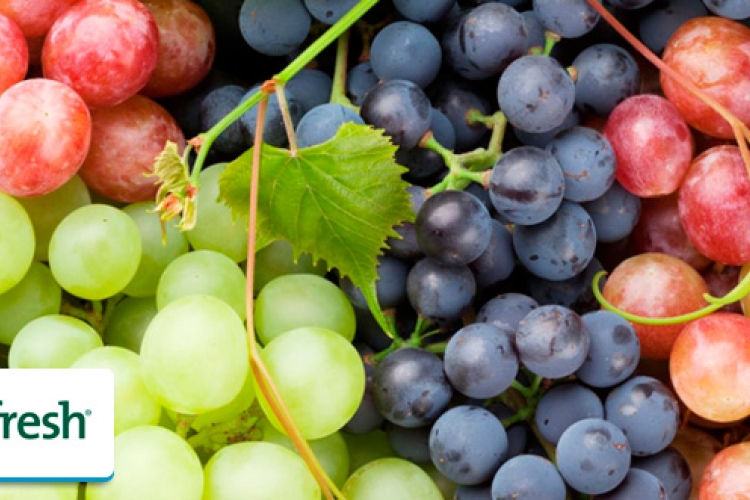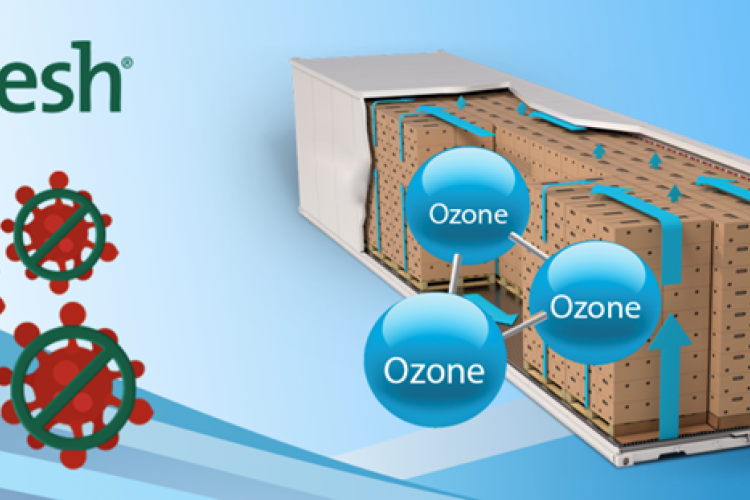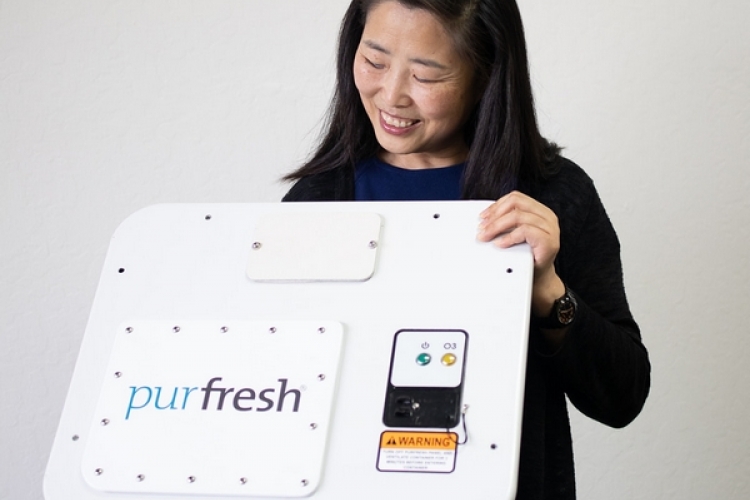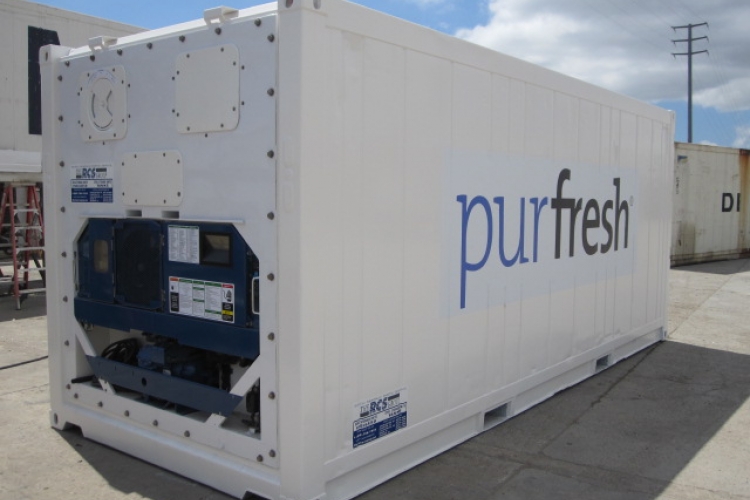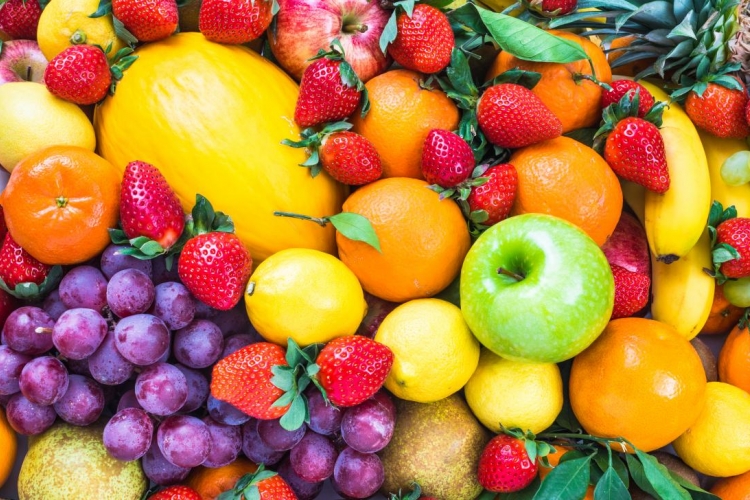World Trade of Table Grapes
Grapes are popular fruits. Everybody loves their sweet taste and convenient size, but do you know the vast industry behind table grapes? In this article, we will explore exporting countries, consumption areas, varieties, and ozone atmosphere application to increase shelf life and retail value.

